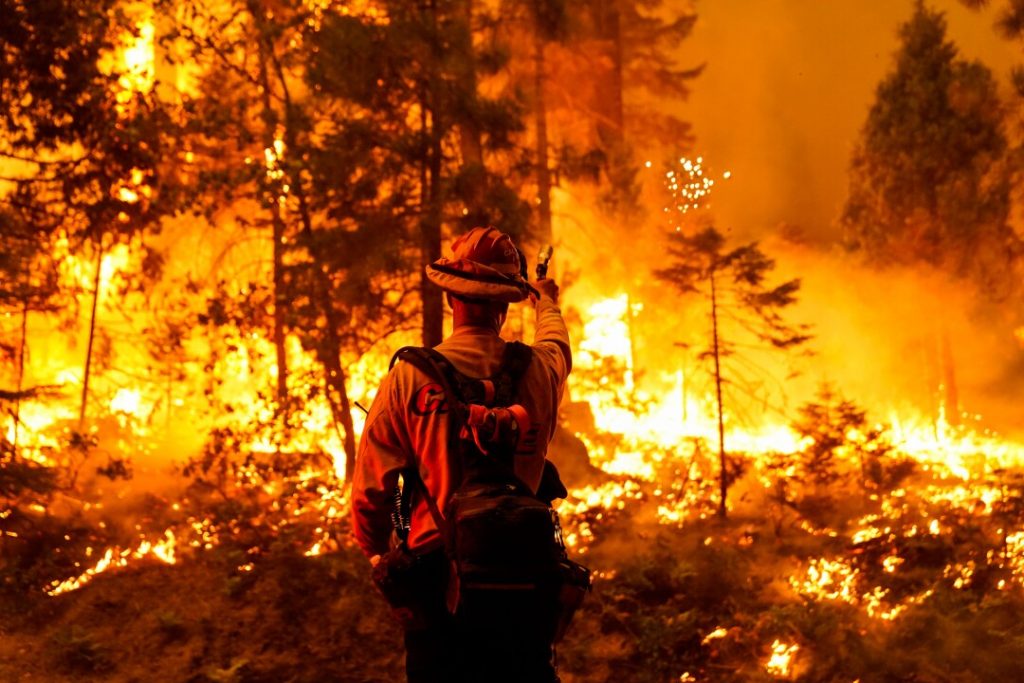
Willis Towers Watson is delighted to be co-sponsoring the Resilience Hub this year. Glasgow will be remembered as the COP where action on adaptation and resilience really gained momentum – the world urgently needs the people, capital and risk solutions to build a Net Zero and climate resilient future.
Rowan Douglas, head of Climate and Resilience Hub,
Willis Towers Watson
Adaptation is high on the COP26 agenda. A summer of floods and fires across the northern hemisphere has brought to many countries the misfortunes of the physical impacts of climate change that have been experienced for years in other regions.
As Paris is remembered for the COP that brought consensus on the action required to mitigate climate change by limiting global warming to 1.5°C, Glasgow will be remembered for action on adaptation. The costs of inaction outweigh the costs of adaptation, yet annually less than six percent of climate finance currently flows toward adaptation.

In the insurance business, we understand risk, and managing climate risk is a natural progression across the company.
But our work on climate doesn’t end with helping clients to manage their climate risk and transition to Net Zero.
The outcome of a transition to a low-carbon economy must result in a more resilient world – the global Covid pandemic has taught us a painful lesson about how risks cascade through the economy. It should also teach us some valuable lessons about effective interventions so that some shocks that are inevitable can be cushioned, while other shocks can be avoided entirely.
One of those interventions is insurance. Increasingly, the economic, social and environmental benefits that the sector provides are being seen as a public good that helps build systemic resilience. Over a series of events at the Resilience Hub, we are exploring this evolving narrative on the grand challenges in resilience thinking.
First, our analytics work, grounded in our rich heritage of risk quantification and natural catastrophe modelling, provides practical approaches to help us value resilience and develop new open-source platforms to expand access to data on physical risk. Second, our work on ecosystems across the Resilience Hub’s pillars of coastal, rural and urban, provides a platform for the development of nature-based solutions and innovations such as parametric insurance. Third, a systemic understanding of climate-related financial risks must be applied to value resilience.
Our Cop26 programme
Our first event on November 2, Risk Matters: making resilience add up in a Net Zero transition, brings together thought leaders, practitioners and academics to explore some of the grand challenges ahead of us. On November 3, we explore valuation of climate risk Beyond Carbon, then on November 8, we present some of the latest ground-breaking tools to assess risk and value resilience in Analytics Matters.
We hope you will be able to join us either virtually or in person at COP26 to take that first step on the road to resilience together.
Picture by Kent Nishimura shows California forest fires in September 2020 – one of a series of incredible photos taken by Los Angeles Times staff photographers. Copyright Los Angeles Times https://www.latimes.com/california/story/2020-09-27/times-photos-california-fires

